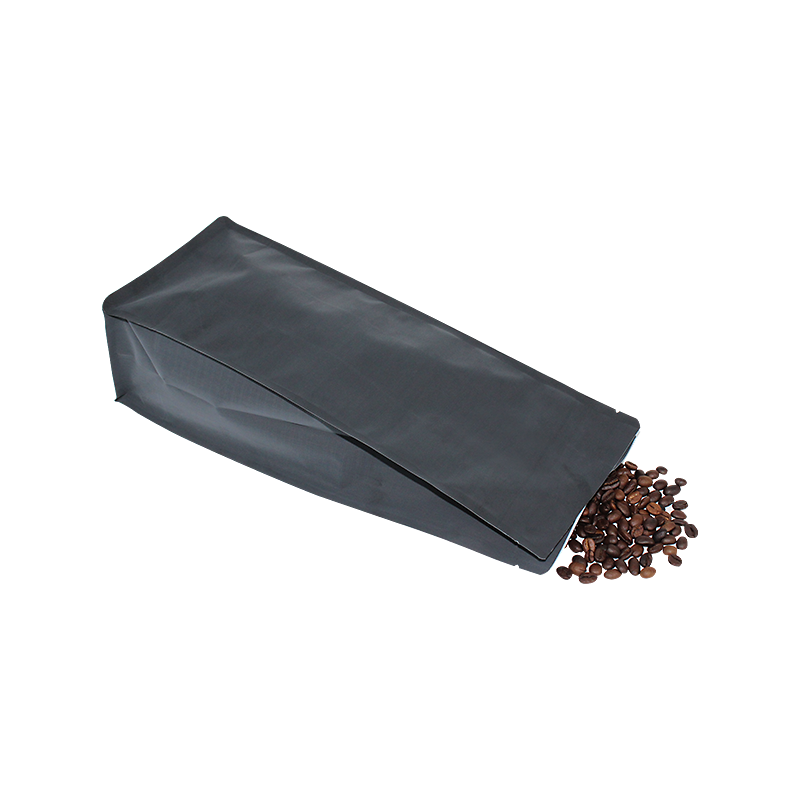- Afrikaans
- Albanian
- Amharic
- Arabic
- Armenian
- Azerbaijani
- Basque
- Belarusian
- Bengali
- Bosnian
- Bulgarian
- Catalan
- Cebuano
- chinese_simplified
- chinese_traditional
- Corsican
- Croatian
- Czech
- Danish
- Dutch
- English
- Esperanto
- Estonian
- Finnish
- French
- Frisian
- Galician
- Georgian
- German
- Greek
- Gujarati
- haitian_creole
- hausa
- hawaiian
- Hebrew
- Hindi
- Miao
- Hungarian
- Icelandic
- igbo
- Indonesian
- irish
- Italian
- Japanese
- Javanese
- Kannada
- kazakh
- Khmer
- Rwandese
- Korean
- Kurdish
- Kyrgyz
- Lao
- Latin
- Latvian
- Lithuanian
- Luxembourgish
- Macedonian
- Malgashi
- Malay
- Malayalam
- Maltese
- Maori
- Marathi
- Mongolian
- Myanmar
- Nepali
- Norwegian
- Norwegian
- Occitan
- Pashto
- Persian
- Polish
- Portuguese
- Punjabi
- Romanian
- Russian
- Samoan
- scottish-gaelic
- Serbian
- Sesotho
- Shona
- Sindhi
- Sinhala
- Slovak
- Slovenian
- Somali
- Spanish
- Sundanese
- Swahili
- Swedish
- Tagalog
- Tajik
- Tamil
- Tatar
- Telugu
- Thai
- Turkish
- Turkmen
- Ukrainian
- Urdu
- Uighur
- Uzbek
- Vietnamese
- Welsh
- Bantu
- Yiddish
- Yoruba
- Zulu
Understanding the mm Thickness Chart for Various Materials and Applications
Understanding the mm Thickness Chart A Comprehensive Guide
The mm thickness chart serves as an essential tool across various industries, providing standardized measurements that help manufacturers, engineers, and designers determine the appropriate thickness of materials. Whether dealing with metal sheets, plastics, or composite materials, understanding this chart is crucial for ensuring the structural integrity and functionality of products. Let's delve deeper into what the mm thickness chart represents, its importance, and how to use it effectively.
What is a Thickness Chart?
A mm thickness chart is essentially a reference guide that outlines the thickness of various materials in millimeters. It offers a simple and clear format for users to compare different thicknesses, making decisions about material selection easier. These charts typically display a range of common thicknesses for various materials, including metals (like steel or aluminum), plastics (such as PVC or acrylic), and even glass.
Importance of Thickness Measurement
The thickness of a material can significantly impact its performance, durability, and aesthetic appeal. For instance, in construction, the thickness of steel beams can affect their load-bearing capacity and overall stability of a building. In the automotive industry, thicker panels may provide improved safety features but can also add weight, affecting fuel efficiency. Therefore, selecting the right thickness is a balance between functionality, safety, and cost.
Key Applications
1. Construction In architectural design and construction, thickness charts are vital for ensuring structural strength. Engineers must refer to thickness standards to determine the appropriate material specifications for walls, ceilings, and roofing systems.
2. Manufacturing For manufacturers, precise thickness is crucial for producing consistent and reliable products. In industries such as aerospace and automotive, even minor variations in thickness can lead to failures or safety hazards.
3. Electronics In the electronics industry, the thickness of circuit boards and insulating materials can affect device performance. A mm thickness chart can guide engineers and designers in selecting materials that meet their specific electrical and thermal conductivity requirements.
mm thickness chart

4. Packaging Companies involved in packaging must also consider material thickness to ensure their products remain protected during transit. A thicker package may offer better protection but might also increase shipping costs.
Using the Thickness Chart Effectively
To effectively use a mm thickness chart, users should consider a few key points
- Material Type Different materials have varying properties; therefore, the thickness required for one material might not be suitable for another. Look for specific charts related to the material you are working with.
- Application Needs Consider the end-use of the product. For high-stress applications, always aim for thicker materials to enhance safety and longevity, while also considering weight implications.
- Standards Compliance When working within regulated industries, ensuring that your chosen thickness complies with industry standards is essential. Always check for any applicable regulations or guidelines that may dictate material thickness.
Conclusion
The mm thickness chart is more than just a simple reference; it is a critical element in material selection and design across various industries. Understanding how to read and apply the information found within these charts can help professionals make informed decisions that enhance product efficiency, safety, and quality. As industries continue to evolve and innovate, the assumptions surrounding material thickness will also develop, making continued education on these topics vital for anyone involved in material selection and engineering.
In conclusion, whether you are an engineer, designer, or manufacturer, familiarizing yourself with the mm thickness chart will undoubtedly bolster your ability to choose the right materials for your projects, ultimately leading to improved performance and product success.













